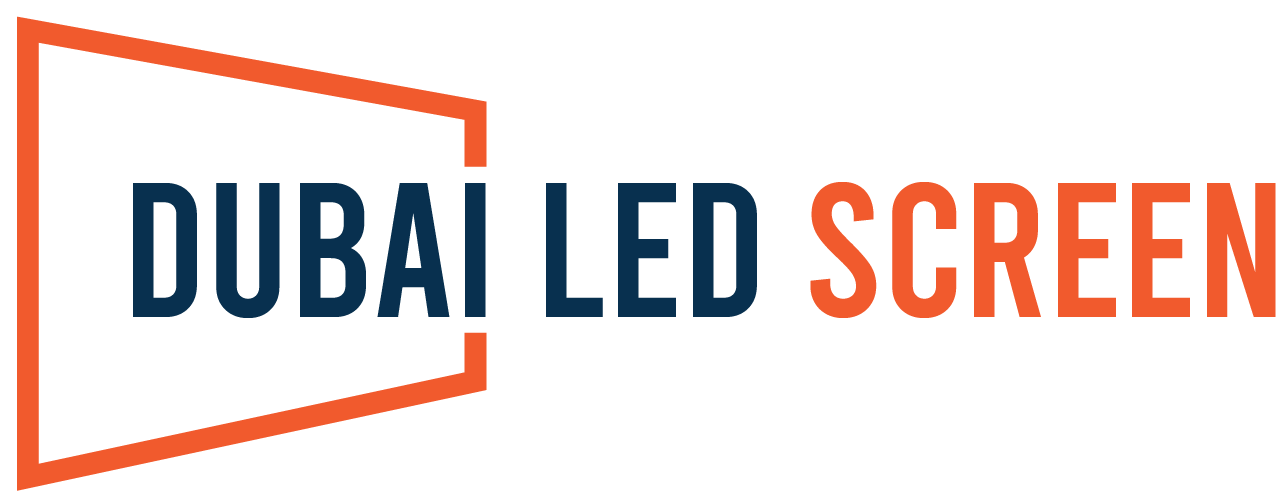In the realm of industrial manufacturing and process control, the ability to monitor and manage complex operations efficiently is paramount. Advanced LED screens have emerged as vital tools in this domain, offering real-time data visualization, enhancing operational efficiency, and improving decision-making processes. By integrating LED screens into industrial environments, companies can achieve greater control over their processes, leading to increased productivity and reduced downtime.
The Role of LED Screens in Industrial Process Control
Real-Time Data Visualization
One of the most significant advantages of LED screens in industrial process control is their ability to display real-time data. Whether monitoring production lines, tracking machine performance, or overseeing supply chain logistics, LED screens provide clear and immediate visual feedback. This real-time data visualization allows operators to quickly identify issues, make informed decisions, and implement corrective actions without delay.
Enhanced Operational Efficiency
LED screens contribute to enhanced operational efficiency by streamlining the monitoring and control processes. By presenting critical information in an easily digestible format, these screens enable operators to focus on the most important aspects of their work. This reduces the likelihood of errors and ensures that processes run smoothly and efficiently. Furthermore, the clarity and brightness of LED screens make them ideal for use in various industrial settings, including those with challenging lighting conditions.
Improved Decision-Making
In industrial environments, making timely and accurate decisions is crucial for maintaining productivity and safety. LED screens facilitate this by providing comprehensive and up-to-date information about the status of machinery, production lines, and other critical components. With access to detailed data, operators and managers can make better-informed decisions that enhance overall operational performance. Additionally, the ability to display predictive analytics and trends helps in anticipating potential issues and implementing preventive measures.
Key Features of LED Screens for Industrial Applications
High Resolution and Clarity
High-resolution LED screens deliver sharp, clear visuals that are essential for accurately interpreting complex data. This is particularly important in industrial settings, where even minor details can have significant implications. The clarity offered by LED screens ensures that operators can quickly and accurately understand the information presented, leading to more effective monitoring and control.
Durability and Reliability
Industrial environments can be harsh, with exposure to dust, moisture, vibrations, and extreme temperatures. LED screens designed for industrial use are built to withstand these conditions, ensuring reliable performance even in challenging environments. Their durability means that they can operate continuously without frequent maintenance, minimizing downtime and maximizing productivity.
Scalability and Flexibility
LED screens are highly scalable, making them suitable for a wide range of industrial applications. Whether it’s a single display for a small production line or a large video wall for a control room, LED technology can be customized to meet specific needs. This scalability ensures that companies can implement solutions that fit their unique requirements, providing optimal visibility and accessibility for operators.
Integration with Existing Systems
Modern LED screens can seamlessly integrate with existing industrial systems and software, providing a unified solution for process control. This integration allows for real-time data exchange and synchronization, ensuring that all relevant information is readily available to operators. Additionally, LED screens can be configured to display various types of data, including machine performance metrics, production statistics, and safety alerts.
Applications of LED Screens in Industrial Process Control
Production Line Monitoring
LED screens are widely used for monitoring production lines, providing real-time updates on the status of machines, product quality, and output levels. By displaying this information prominently, operators can quickly detect any deviations from standard operating procedures and take corrective action. This helps maintain consistent product quality and minimizes waste.
Machine Performance Tracking
Monitoring the performance of individual machines is critical for maintaining overall efficiency. LED screens can display key performance indicators (KPIs) such as speed, temperature, pressure, and energy consumption. This information enables operators to identify underperforming machines, schedule maintenance, and optimize operations to reduce energy usage and extend equipment lifespan.
Supply Chain Management
In addition to monitoring production processes, LED screens can also be used for supply chain management. They can display real-time data on inventory levels, shipment status, and logistics, helping companies streamline their supply chain operations. By having a clear view of the entire supply chain, managers can make more informed decisions about procurement, production scheduling, and distribution.
Safety and Compliance
Ensuring safety and compliance with industry regulations is a top priority in industrial settings. LED screens can display safety alerts, compliance reminders, and emergency instructions, helping to maintain a safe working environment. Additionally, they can be used to monitor and record compliance-related data, such as emissions levels and hazardous material handling, ensuring that all regulatory requirements are met.
Case Study: LED Screens in Industrial Process Control
A leading automotive manufacturing plant recently implemented LED screens throughout its production facilities to enhance process control and efficiency. The plant installed high-resolution LED screens on the production lines, in the control rooms, and at key monitoring points. These screens provided real-time data on machine performance, production output, and quality control metrics.
As a result of this implementation, the plant experienced a significant reduction in downtime and an increase in overall productivity. Operators were able to quickly identify and address issues, leading to improved product quality and reduced waste. The integration of LED screens also facilitated better communication and coordination among different departments, enhancing the overall efficiency of the manufacturing process.
Conclusion
Advanced LED screens are revolutionizing industrial process control by providing real-time data visualization, enhancing operational efficiency, and improving decision-making processes. Their high resolution, durability, scalability, and ability to integrate with existing systems make them indispensable tools in modern industrial environments. As technology continues to evolve, LED screens will play an increasingly important role in streamlining industrial processes, driving productivity, and ensuring the highest standards of quality and safety.
